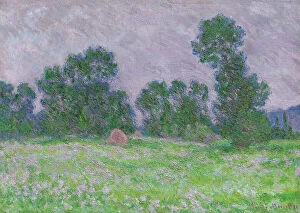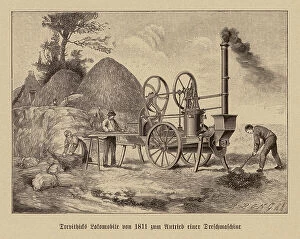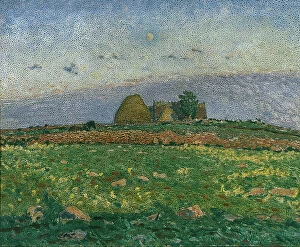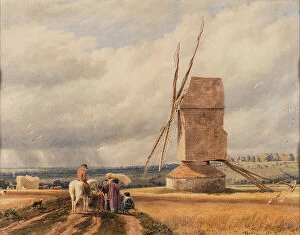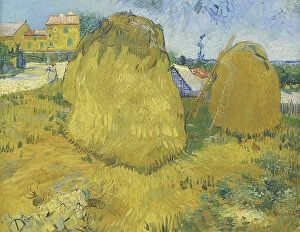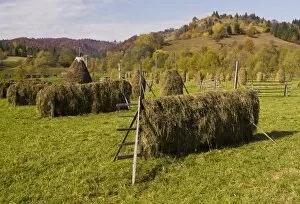Hay Stook Collection
Hay stooks, also known as haystacks or haycocks, are a traditional method of storing harvested hay
For sale as Licensed Images
Choose your image, Select your licence and Download the media
Hay stooks, also known as haystacks or haycocks, are a traditional method of storing harvested hay. These neat piles of dried grasses are carefully arranged in the field to dry and cure before being gathered into larger stacks for storage. The sight of hay stooks dotting the landscape is a nostalgic reminder of simpler times when farming was done by hand. Each stook represents hours of hard work and dedication from farmers who rely on these precious bundles to feed their livestock throughout the winter months. As the sun sets behind the rolling hills, casting a golden glow over the fields, one can't help but feel grateful for the bounty that nature provides. Hay stooks may be a relic of days gone by, but they continue to hold a special place in our hearts as symbols of tradition and resilience in an ever-changing world.

